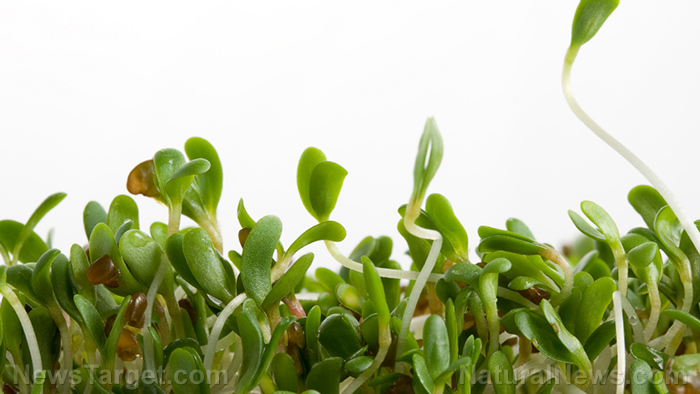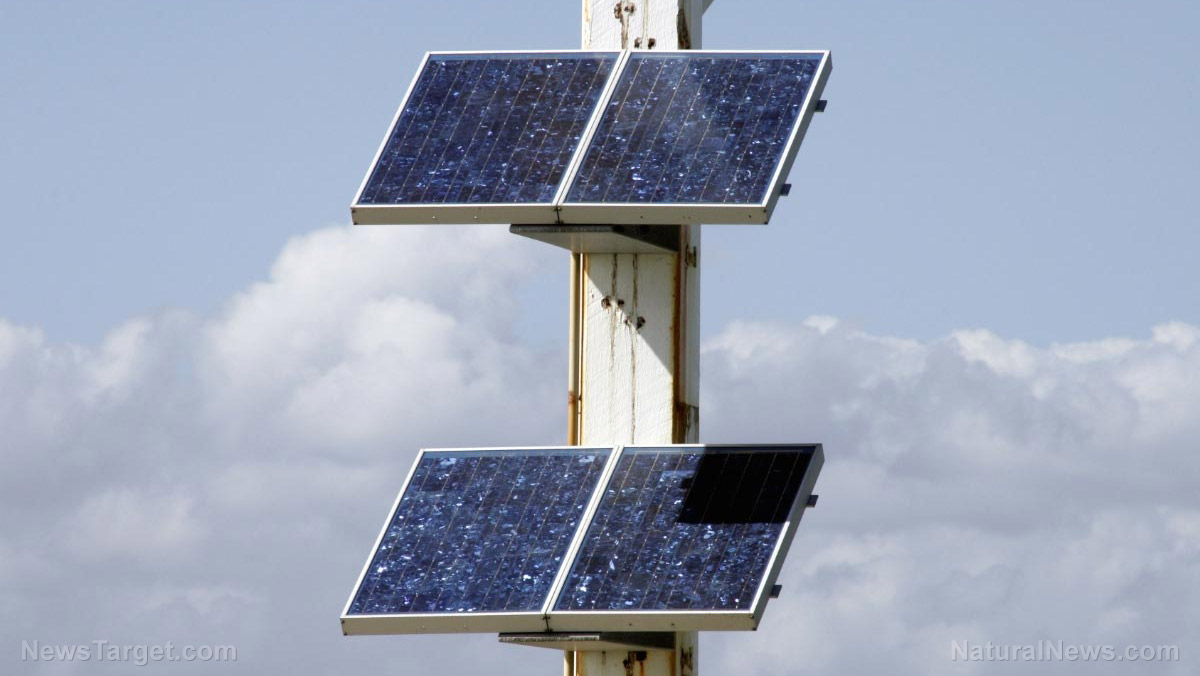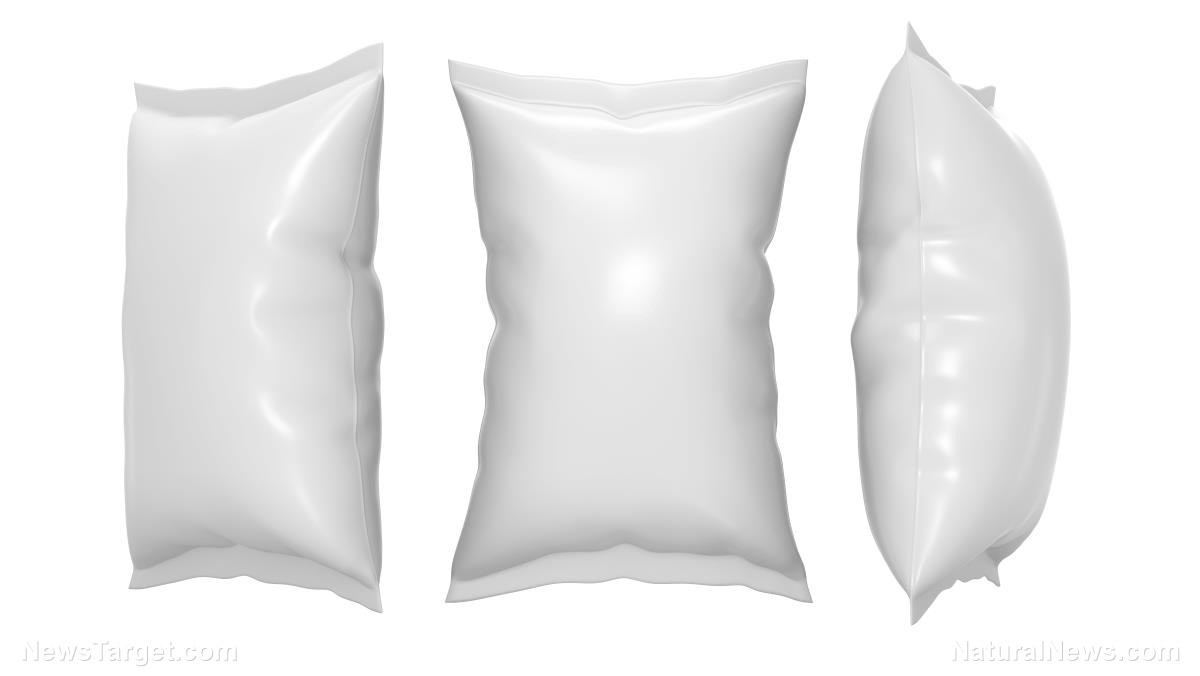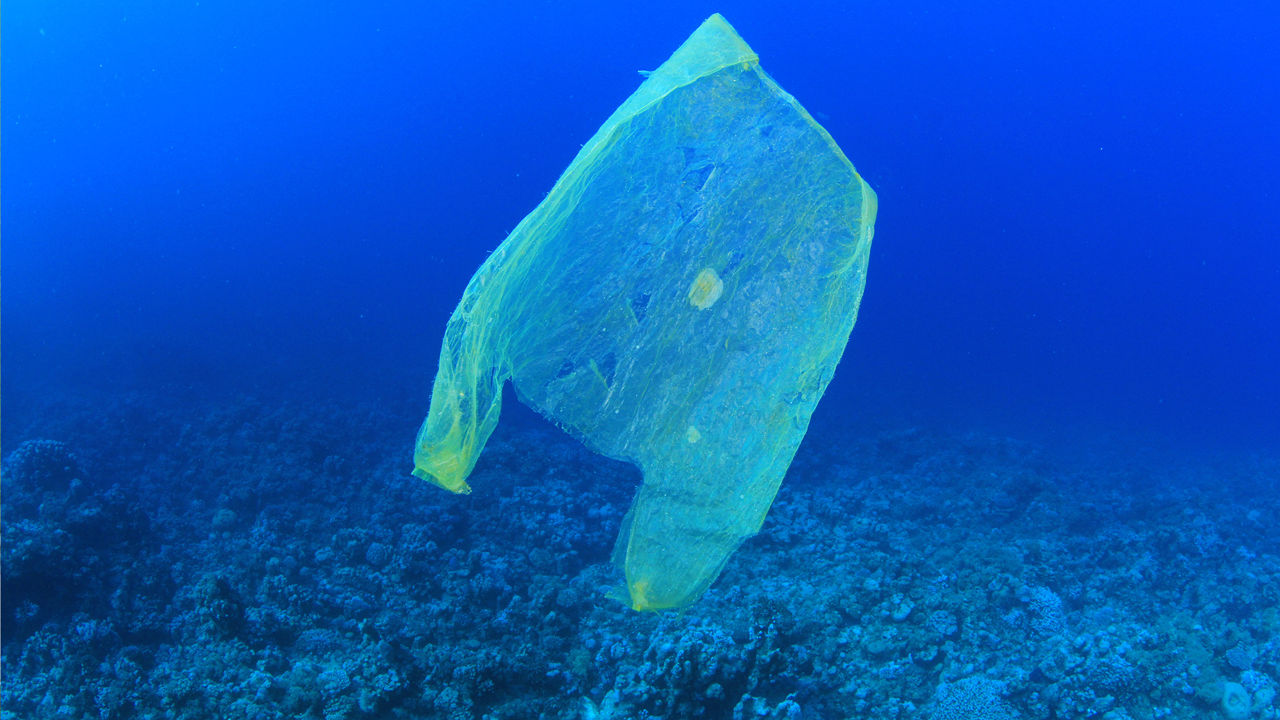Bacterium shows promise for producing solar fuels through artificial photosynthesis
01/31/2019 / By Edsel Cook
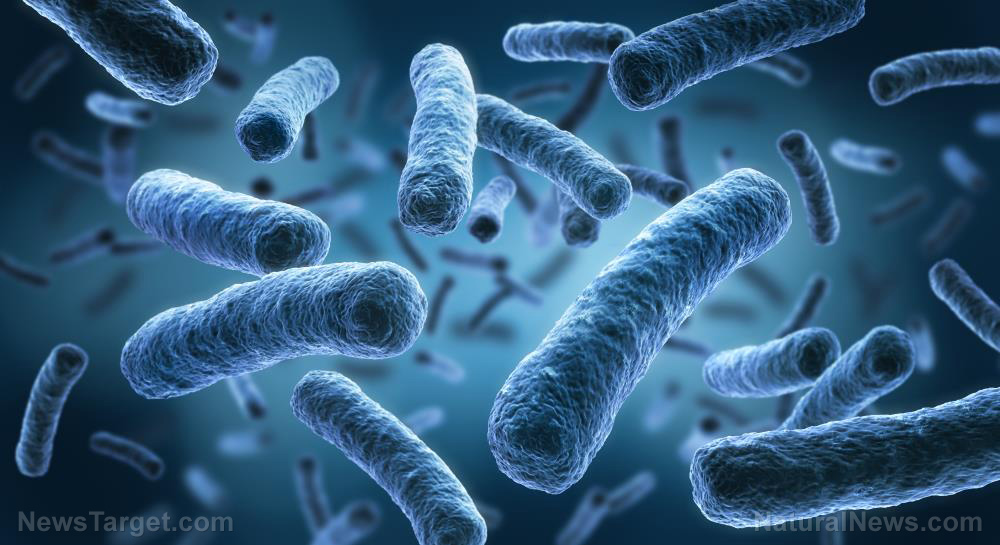
American researchers force-fed gold nanoparticles to a non-photosynthetic bacteria. The offering of precious metal bits gave the microbe the ability to turn light into solar fuel, reported a Nanowerk article.
Moorella thermoacetica is not normally capable of photosynthesis. Researchers from the University of California Berkeley (UC Berkeley) added cadmium sulfide nanoparticles to the exterior of the bacteria’s membrane.
Cadmium sulfide can absorb light. When grafted onto the bacteria, they served as semiconductors that enabled artificial photosynthesis. M. thermoacetica-CdS became capable of converting sunlight and carbon dioxide into usable energy.
The same UC Berkeley team took their research further. They wanted to increase the efficiency of the artificial photosynthesis of the bacteria.
In a new study funded by the National Institutes of Health, researcher Peidong Yang took gold nanoclusters that can absorb light. He inserted the nanometal inside baseline non-photosynthetic M. thermoacetica.
Yang published his findings in the science journal Nature Nanotechnology. He reported that the new batch of artificially photosynthetic bacteria can produce a larger amount of chemical products than the earlier group that used cadmium sulfide. (Related: Renewed science effort under way to turn water into fuel using energy from solar panels.)
Nanoparticles enable artificial photosynthesis for bacteria
The problem with using cadmium sulfide as the light-absorbing semiconductor in the earlier batch is its toxicity towards bacteria. Therefore, the nanoparticles could only be anchored to the exterior surface of the cell membrane of M. thermoacetica.
When hit by sunlight, each nanoparticle release an electron. The electrons travel through the bacterium and activate various enzymes. The resulting reactions lead to the process called carbon dioxide reduction.
Carbon dioxide reduction converts the gas into acetate. This chemical is an important ingredient in solar fuels.
This extracellular model suffers from low quantum efficiency. If the nanoparticles are mounted outside the cell, not all of the electrons they produce will reach the chemicals involved with carbon dioxide reduction. These electrons end up triggering different reactions and are wasted from an energy production standpoint.
Yang and his research team looked for a different semiconductor material that could be placed inside the M. thermoacetica bacterium. An internal model would reduce the amount of wasted electrons.
To this end, they created gold nanoclusters by fusing 22 individual atoms together. They then injected large numbers of these nanoclusters inside the new batch of M. thermoacetica. They were pleased to report that the nanoclusters did not harm the bacteria.
New “magic” gold nanoclusters increase acetate production by 33 percent
In addition to its non-toxicity, UC Berkeley researchers selected gold for another reason: A nanocluster of 22 gold atoms measured only one nanometer across. Its diminutive size allowed a gold nanocluster to easily pass through the cell wall of the bacterium, making it easy to create M. thermoacetica-Au22 bacteria.
“By feeding bacteria with Au22 nanoclusters, we’ve effectively streamlined the electron transfer process for the CO2 reduction pathway inside the bacteria,” Yang explained.
He reported that M. thermoacetica-Au22 achieved a 2.86 percent quantum efficiency. It produced 33 percent more acetate compared to the previous CdS model.
The “magic” gold nanocluster is the newest project from Yang’s laboratory. His research team started working on ways to turn carbon dioxide into valuable chemicals in 2012. They use a combination of biology and nanotechnology to develop sustainable sources of fuel.
Yang said the next step is to make the system cheaper. After all, the nanoclusters may be tiny, but they are still made of gold. They also want to extend the lifespan of the M. thermoacetica-Au22 bacteria to get more use out of them. Finally, they want to continue boosting the quantum efficiency of the carbon reduction process.
You can read more articles about solar fuel-producing bacteria at Discoveries.news.
Sources include:
Tagged Under: artificial photosynthesis, carbon dioxide, gold, metal nanoparticles, nanotechnology, photosynthesis, photosynthetic bacteria, solar power




